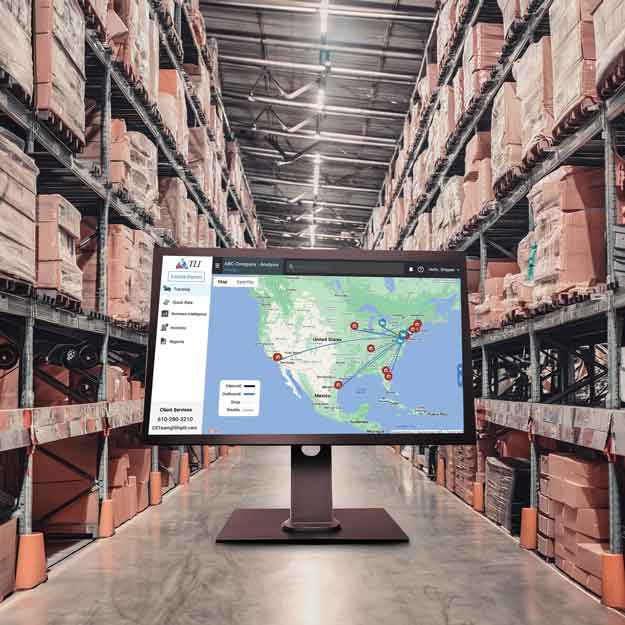The Invisible Hand: How ERP Freight Shipment Tracking Transformed My Shipping Saga
Let me tell you, I remember a time when managing freight shipments felt like trying to herd a flock of hyperactive sheep in a fog. You knew they were out there somewhere, vaguely heading in the right direction, but where exactly? And when would they arrive? Don’t even get me started on what happened if one of them decided to take a detour. The frantic phone calls, the endless emails, the sheer panic when a customer asked, "Where’s my order?" and all I had was a shrug and a prayer.
It was a nightmare, honestly. Every shipment felt like a gamble. And for someone like me, who prides myself on delivering promises, that uncertainty was a constant source of stress. My business was growing, which was great, but the logistics were becoming a bottleneck, threatening to choke off the very success I was building.
Then, something shifted. It wasn’t an overnight miracle, but a gradual realization, a slow unfolding of a solution that, once I understood it, felt like I’d been handed a superpower. That superpower, my friends, was ERP Freight Shipment Tracking.
What Even Is ERP Freight Shipment Tracking? (And Why I Wish I Knew Sooner)
Before we dive into the "how it changed my life" part, let’s demystify this phrase a little. Because when I first heard "ERP," my eyes glazed over. It sounded technical, intimidating, and frankly, a bit boring.
But here’s the simple truth: ERP (Enterprise Resource Planning) is like the central brain of a company. It’s a big software system that helps different departments – like sales, finance, inventory, and yes, shipping – talk to each other and share information seamlessly.
Now, add "Freight Shipment Tracking" to that. Imagine a control tower, not for airplanes, but for all your goods in transit. From the moment your product leaves the warehouse, whether it’s on a truck, a ship, a train, or even an airplane, this system knows where it is, where it’s supposed to be, and when it’s expected to arrive.
But here’s the kicker: it’s not just a fancy GPS. Because it’s part of the ERP, it means that the information about that shipment isn’t just sitting in a separate app somewhere. It’s integrated with your customer orders, your inventory levels, your billing department. Everyone who needs to know, knows.
For a beginner like me, who just wanted to stop the shipping headaches, this integration was the real magic. It wasn’t just tracking; it was connected tracking.
My "Aha!" Moment: When the Fog Lifted
I was introduced to the concept by a colleague who saw me tearing my hair out over a delayed international consignment. He calmly explained how their company had implemented an ERP system with robust freight tracking capabilities. He painted a picture of real-time updates, automated alerts, and a single dashboard that showed everything.
At first, I was skeptical. Could it really be that simple? Could one system truly bring order to my chaotic shipping world? But the more he talked, the more I saw the possibilities. It wasn’t just about knowing where a package was; it was about knowing why it was there, who was responsible, and what to do if something went wrong.
It was about replacing guesswork with certainty.
The Magic Unfolds: What ERP Freight Tracking Actually Does
Once I delved deeper, here’s what I quickly learned an effective ERP Freight Shipment Tracking system could do, and how it directly addressed my biggest pain points:
-
Real-Time Visibility: No More Guessing Games
This was the biggest game-changer. Imagine seeing your package move on a map, almost like tracking your food delivery. With an ERP system, I could see the exact location of every single shipment, whether it was across town or across the ocean. This meant:- Accurate ETAs: I could tell customers precisely when to expect their goods, boosting their confidence and satisfaction.
- Proactive Problem Solving: If a truck was delayed due to traffic or weather, I knew instantly. I wasn’t waiting for a frustrated driver to call me hours later. This allowed me to notify customers before they even noticed a delay, turning a potential complaint into an appreciative "thank you for letting me know."
-
Automated Alerts & Notifications: Your Early Warning System
The system doesn’t just show you data; it uses it. I could set up alerts for specific events:

